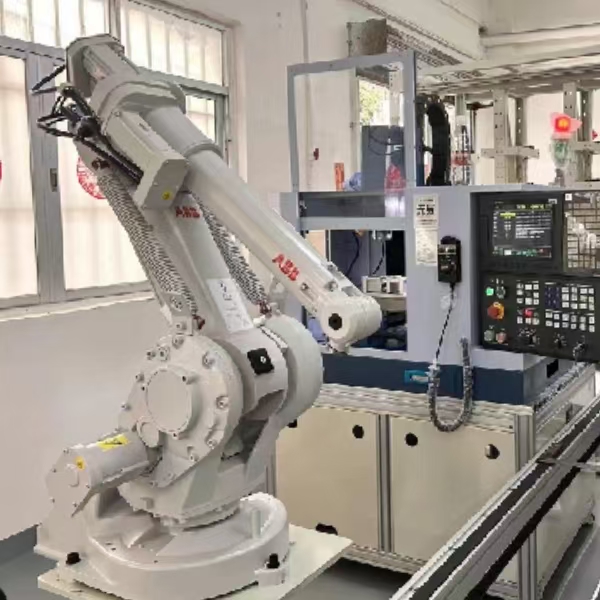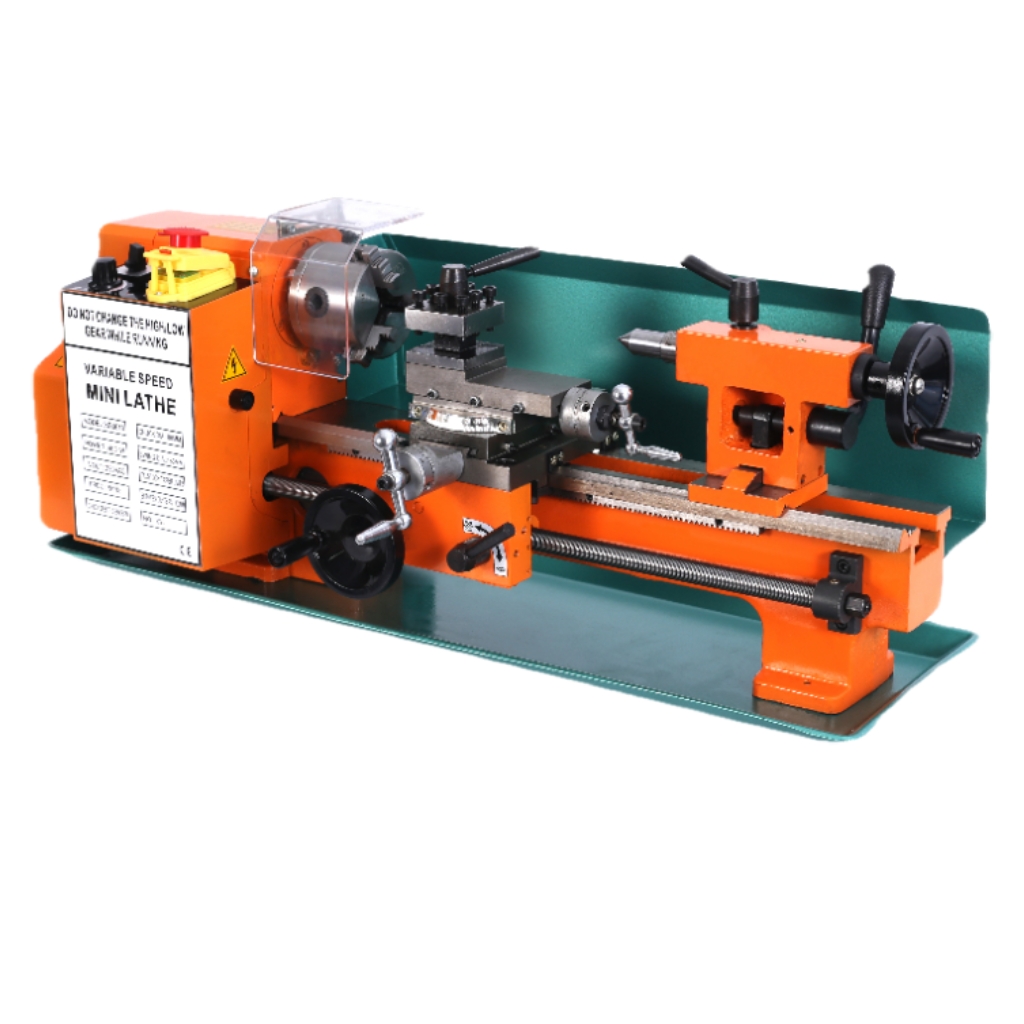Blog
Xendoll has 22 years of experience in the production of small machine tools. We will help you choose the suitable machine and share our experience in CNC machining with you.
 Apr 27, 2025
Apr 27, 2025

 708
708
STEM (Science, Technology, Engineering, and Mathematics) education thrives on hands-on learning, and mini machine tools like metal lathes and mills are cornerstones of technical training. For educators,hobbyists, and institutions aiming to equip workshops or classrooms, a common dilemma arises: Should I invest in a mini lathe for STEM education first, or prioritize a milling machine? Both tools are invaluable, but their roles in foundational learning differ. This article compares metal lathes and mills in the context of STEM education, evaluates their educational benefits, and provides actionable insights to help you make an informed decision.
1.1 What Is a Metal Lathe?
A metal lathe operates by spinning a workpiece about its central axis as a stationary cutting tool removes material to achieve precise geometries. It’s ideal for creating cylindrical parts, such as shafts, bolts, or threaded components. Mini lathes, designed for precision and safety, are compact versions suited for educational environments.
Key Applications in STEM Education:
Teaching principles of rotational mechanics.
Introducing students to metalworking basics (turning, drilling, grooving).
Creating components for robotics, engineering projects, or prototypes.
1.2 What Is a Milling Machine?
A milling machine employs rapidly rotating cutting tools to precisely shape a fixed workpiece through controlled material removal, capable of producing flat planes, intricate slots, gear teeth, and even multi-axis 3D contours with CNC-enabled accuracy.Mini mills are scaled-down versions that balance functionality with classroom-friendly operation.
Key Applications in STEM Education:
Demonstrating subtractive manufacturing processes.
Designing custom parts for electronics, model engines, or structural projects.
Teaching CAD/CAM integration (computer-aided design/manufacturing).

2.1 Skill Development
Metal Lathe Advantages:
Foundational Skills: Lathes teach fundamental concepts like symmetry, tolerances, and toolpath planning. Students learn to work with rotational forces and axial alignment.
Simplicity: Operations like facing, turning, and threading are easier to master for beginners.
Safety: Mini lathes often feature enclosed designs and lower torque, reducing risks in classroom settings.
Mill Advantages:
Versatility: Mills handle a wider range of shapes and materials, encouraging creativity in projects.
Advanced Applications: Ideal for teaching CNC programming, precision measurement, and multi-axis machining.
2.2 Project Flexibility
Lathe-Centric Projects: Building simple engines, crafting tool handles, or creating standardized fasteners.
Mill-Centric Projects: Designing circuit board mounts, gear systems, or custom brackets.
2.3 Cost and Space Considerations
Mini Lathes: Generally more affordable and occupy less workspace.
Mini Mills: Slightly higher cost and may require additional tooling (vises, clamps).
3.1 Building Foundational Knowledge
For students with no prior machining experience, a mini lathe offers a gentler learning curve. Mastering lathe operations instills confidence and a grasp of core engineering principles before tackling complex milling tasks.
3.2 Budget-Friendly Entry Point
Schools and hobbyists often face budget constraints. Starting with a lathe allows institutions to allocate resources to complementary tools (measuring instruments, safety gear) while still delivering hands-on value.
3.3 Cross-Training Potential
Lathe skills seamlessly translate to milling. For example, students who learn to calculate feed rates or select cutting tools on a lathe can apply this knowledge to milling operations later.
3.4 Safety and Supervision
Mini lathes are inherently safer for group settings. Their enclosed design and simpler workflows reduce the risk of accidents, making them ideal for younger students or large classes.
While a lathe is often the better first purchase, mills excel in specific scenarios:
Advanced STEM Programs: Schools focusing on robotics, aerospace, or advanced manufacturing may benefit from a mill’s versatility.
Interdisciplinary Projects: Mills support cross-subject collaboration (e.g., creating parts for physics experiments or art installations).
Existing Lathe Access: If your institution already owns a lathe, adding a mill diversifies project capabilities.

For institutions aiming to build a comprehensive workshop, combining a mini lathe and mill unlocks limitless possibilities:
Sequential Learning: Start with lathe projects, then introduce milling to expand skills.
Collaborative Projects: Teams can use lathes to create components and mills to assemble structures.
Career Readiness: Exposure to both tools prepares students for technical careers in machining, engineering, or industrial design.
Choosing between a metal lathe and mill for STEM education depends on your program’s goals, budget, and student skill levels. For most educators, starting with a mini lathe provides a cost-effective, safe, and foundational introduction to machining. As students progress, adding a milling machine can elevate projects to advanced levels. Ultimately, both tools are investments in fostering innovation, problem-solving, and technical literacy—the cornerstones of STEM success.
By prioritizing a mini lathe for STEM education, you’re not just buying a machine; you’re empowering the next generation of engineers and creators.
For details, please refer to the following link:
https://www.xendolltools.com/category/micro-cnc-machine.html



 Show all our samples
Show all our samples
 Provide you with a free quote
Provide you with a free quote
 Answer all the questions you may have
Answer all the questions you may have
 Guided installation and other options
Guided installation and other options